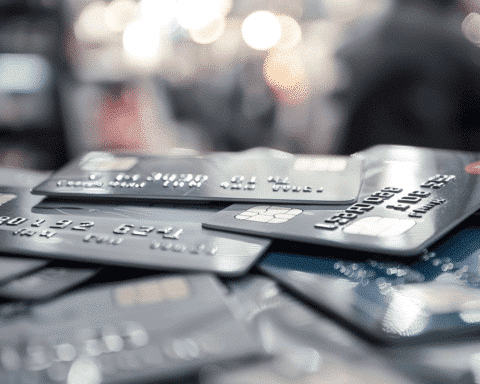In today’s fast-paced world, a bank account is more than just a financial tool; it’s a lifeline for managing your money efficiently. However, overlooking your account balance can lead to costly overdraft fees and unwanted financial headaches.
To help you steer clear of these pitfalls, here are five savvy strategies to safeguard your bank account from accidental overdrafts:
1. Maintain a Healthy Cushion
In the quest to avoid overdraft fees, experts recommend keeping a significant buffer in your checking account.
Traditionally, maintaining a balance of at least $100 to $200 after covering your bills was the go-to strategy. But nowadays, financial wisdom suggests setting aside a more substantial cushion, ranging from $500 to $1,000.
While this money may not accrue interest like a savings account, the peace of mind it provides is well worth it.
2. Set Up Low-Balance Alerts
Many banks offer mobile banking apps equipped with features that can be your financial guardian angels. Take advantage of these tools, particularly the option to set up low-balance alerts.
By configuring your app to notify you when your checking balance dips below a specific threshold—such as $100—you’ll receive timely warnings to prevent overdrafts and financial surprises.
3. Frequent Balance Checks
In addition to low-balance alerts, it’s crucial to actively engage with your financial data. Regularly logging into your bank account—ideally, every couple of days—will keep you informed about your current balance and ensure that bill payments are being processed accurately. This hands-on approach allows you to stay on top of your financial game.
4. Opt for Overdraft Protection
Many financial institutions offer overdraft protection, a valuable safety net for your checking account. This feature links your checking and savings accounts, enabling the automatic transfer of funds from your savings account to cover any accidental overdrafts.
If your bank offers this service, consider signing up—it’s an additional layer of security to ease your worries about overdrafts.
5. Maintain a Paper Record of Expenses
While paper checks may be a rarity these days, a tried-and-true method for tracking your expenses can be invaluable. Instead of a traditional checkbook, create a simple spiral notebook as a financial ledger. On each payday, record your checking account balance and jot down all transactions, including bill payments and transfers to other accounts. This straightforward record-keeping technique helps you calculate the expected account balance and promptly identify any discrepancies.
Overdrafting your bank account is not just an inconvenience—it can be a costly mistake. Frequent overdrafts can even lead to being reported to ChexSystems, making it challenging to open new accounts in the future. Avoid the pitfalls by adopting these five prudent measures to manage your bank account effectively.
In the ever-evolving world of personal finance, staying ahead of potential financial troubles is paramount. By maintaining a financial cushion, leveraging technology, and diligently tracking your expenses, you can ensure your bank account stays in the black, saving you from the unnecessary stress and expenses associated with overdrafts.




